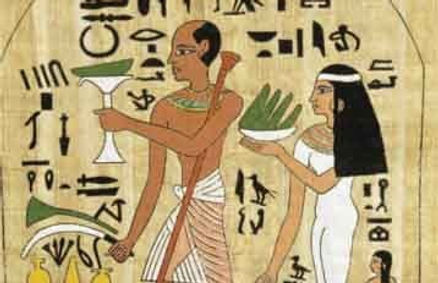THE HISTORY OF COPPER/ ZINC for MEDICINAL USE

Ayurvedic medicine man
The earliest recorded medicinal records are Indian Ayurvedic medicine of 6000 years BC.
Here it is written that the beneficial properties of Copper & Zinc salts & compounds are listed as many and varied, effective and strong, but must be used with great caution in small amounts, as over dosing is easy and can be harmful.
(This is very true as these are all rather toxic in the body. They did not have the metallurgical ability to use the pure metals, which are not toxic.)
The Ancient Egyptian Smith Papyrus, written
around 2000 BC, describes the application of copper to sterilize wounds and drinking water.
It was well known to the ancient Egyptians that Copper and Zinc had useful medicinal and antimicrobial properties. They used these metals as well as their compounds and salts widely.

Ancient Egyptian Medics

They also had surgical instruments made of copper, that had both anti infective and analgesic (pain reducing) properties. Copper was used in the mummification process as well.
Ancient copper surgical instruments
The early Greeks, Romans, Aztecs and others knew, and described, the use of copper and its compounds for a wide variety of conditions and hygiene in general.
A new awareness of copper metal potency in the 1800’s indicates that copper workers appeared to be immune to the cholera outbreak in France.
Copper continued to be used in Western medicine, until the advent of the first antibiotic, Penicillin, discovered by Alexander Fleming in 1928.
This was a ‘Miracle drug’ that cast aside all the previous knowledge.
The problem was that Antibiotics only killed most Bacteria most of the time. The surviving bacteria became the start of resistant bacteria, and this facet is ongoing, even with the newest formulations.
Copper and Zinc have only recently being resurrected and brought to the rescue

